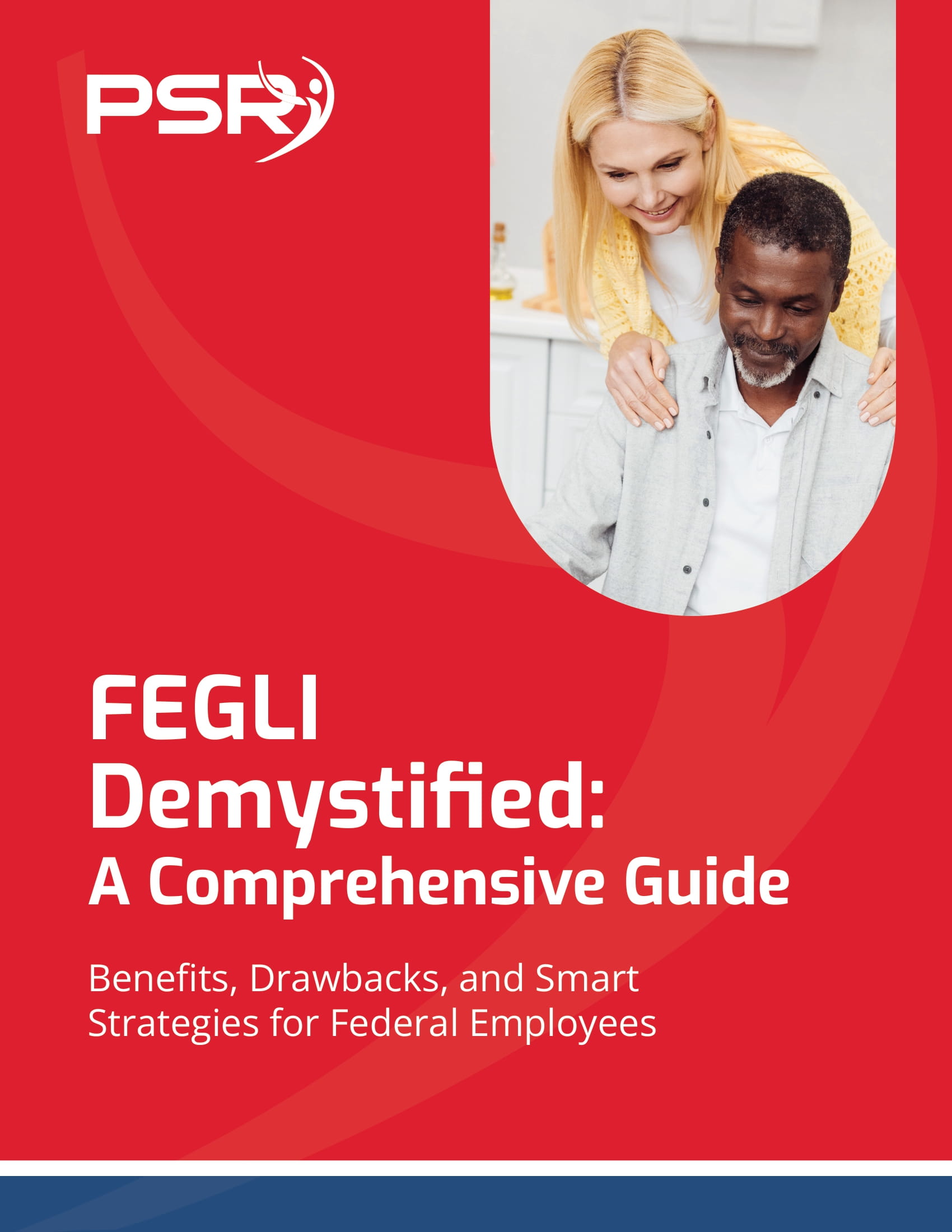Key Takeaways
-
FERS remains a reliable retirement foundation in 2025, but recent policy adjustments and evolving costs require closer attention.
-
You need to adapt your retirement strategy to account for shifting benefits, inflation impacts, and new decision points.
FERS Strengths Are Still Intact in 2025
In 2025, the Federal Employees Retirement System (FERS) continues to offer strong core benefits to public sector employees. You still receive three major components:
-
Basic Annuity based on your “high-3” salary average and years of creditable service.
-
Social Security benefits that you qualify for through your federal employment.
-
Thrift Savings Plan (TSP)
- Also Read: Dropping FEGLI Sounds Smart—Until You Realize What It No Longer Covers After Retirement
- Also Read: Hitting 20 Years in Law Enforcement? Here’s What You Can Expect From Your Pension
- Also Read: Think You Understand FERS? These Three Rules Still Confuse Even Longtime Government Employees
The fundamental promise of lifetime income remains unchanged. However, the fine print in 2025 reveals some new realities you should understand as you approach retirement.
Changes to the Annuity Landscape
Your FERS Basic Annuity formula remains 1% of your high-3 average salary multiplied by your years of service if you retire under standard conditions. If you retire at age 62 or later with at least 20 years of service, you still enjoy a 1.1% multiplier. That hasn’t changed.
However, in 2025:
-
Locality pay exclusion proposals are still pending. If passed, future retirees may find their annuity lower than expected.
-
Inflation is reducing the real value of fixed annuity payments, making COLA adjustments even more critical.
-
Early retirement penalties under MRA+10 rules feel steeper in 2025 because of higher overall living costs.
You must factor these realities into your planning, especially if you are considering early retirement or long-term budgeting.
The Thrift Savings Plan: Opportunities and Cautions
The TSP remains an indispensable piece of FERS. It provides flexibility, growth potential, and a hedge against inflation.
In 2025:
-
The elective deferral limit stands at $23,500, with catch-up contributions for those 50 and older.
-
Participants aged 60-63 can contribute an additional $11,250 as part of the “catch-up”.
-
Market volatility continues, requiring you to monitor your investment choices carefully.
The responsibility for managing your TSP wisely after retirement falls squarely on you. Government matching stops once you separate, so making sound allocation decisions now is essential for your long-term stability.
Social Security Timing Remains Crucial
FERS integrates with Social Security, but 2025 brings important considerations:
-
Full Retirement Age (FRA) is now 67 for those born in 1963.
-
You can still claim benefits as early as 62, but with a 30% permanent reduction.
-
Cost-of-living adjustments (COLAs) on Social Security benefits continue, but they may not fully keep pace with rising medical and living expenses.
Understanding when to claim Social Security can significantly impact your income security in retirement. Delaying benefits beyond FRA still increases your monthly check by about 8% per year up to age 70.
FERS Special Retirement Supplement (SRS) Limits
If you retire before age 62 under standard FERS rules, you may be eligible for the FERS Special Retirement Supplement. However, in 2025:
-
The supplement still ends at age 62 when you become eligible for Social Security.
-
Earnings limits apply if you work after retirement and are under 62. The 2025 limit is $23,480. Exceeding it reduces your SRS payments.
This is critical if you plan to work part-time after retiring early. Your post-retirement earnings could cut into this valuable supplement.
Cost-of-Living Adjustments (COLAs): More Important Than Ever
FERS COLAs remain adjusted based on inflation, but with restrictions:
-
FERS retirees under 62 generally do not receive COLAs.
-
After age 62, COLAs are applied, but if inflation exceeds 2%, your adjustment is reduced by 1%.
In 2025, inflationary pressures continue to outpace these COLA protections in some areas like healthcare and housing. You must plan for higher out-of-pocket expenses, especially in your 70s and beyond.
Health Insurance Access Through FEHB
One of the strongest ongoing benefits under FERS is continued access to the Federal Employees Health Benefits (FEHB) Program.
As long as you meet eligibility requirements:
-
You can carry FEHB into retirement.
-
You continue to receive government premium contributions.
-
Premium costs still rise annually, and 2025 saw an average increase of over 11%.
You must have been continuously enrolled in FEHB (or covered as a family member) for the five years before your retirement. Missing this rule can cost you access permanently.
Survivor and Spousal Protections
In 2025, survivor benefits remain a crucial part of FERS planning:
-
If you elect to provide a survivor annuity, your basic annuity is permanently reduced.
-
Your spouse receives a portion of your annuity if you pass away first.
Without a survivor annuity, your spouse may lose FEHB eligibility after your death. Protecting your spouse often requires careful election decisions at retirement.
New Retirement Trade-Offs to Weigh
With all of these factors considered, 2025 presents some distinct trade-offs you must manage:
-
Inflation vs. fixed income: Your annuity will provide stability, but not necessarily growth.
-
Security vs. flexibility: TSP offers flexibility, but also market risk.
-
Retirement age decisions: Retiring earlier can trigger penalties and limit COLA protections.
-
Spouse protections vs. personal income: Electing survivor benefits lowers your monthly income but secures future family stability.
None of these decisions are easy, and their impacts compound over decades.
Key Deadlines and Milestones to Watch in 2025
-
Age 55: If you retire after reaching 55 (or 50 for special category employees), you avoid early withdrawal penalties from TSP.
-
Age 59½: Standard early withdrawal penalties for TSP withdrawals end.
-
Age 62: Eligibility for Social Security benefits and the end of the Special Retirement Supplement.
-
Age 65: Enrollment in Medicare Part A and possibly Part B.
-
Age 72: Required Minimum Distributions (RMDs) begin for your TSP and other retirement accounts.
Keeping these milestones in mind is essential for both maximizing benefits and avoiding costly missteps.
Strategic Tips to Strengthen Your Retirement Readiness
To protect your FERS retirement in 2025 and beyond, consider:
-
Reviewing your high-3 salary figures to ensure your records are correct.
-
Maximizing TSP contributions while you are working, especially using catch-up options.
-
Running retirement income projections to model different Social Security claiming ages.
-
Evaluating survivor benefit elections carefully with professional guidance.
-
Assessing healthcare cost projections into your late retirement years.
These steps can make the difference between financial stress and financial security as you age.
Why Staying Proactive Matters in 2025
The FERS program remains a valuable retirement foundation. Yet, it is no longer a “set it and forget it” system. Inflation, policy shifts, healthcare cost trends, and Social Security considerations mean you must engage actively with your retirement planning.
Failing to adapt to new realities in 2025 could mean:
-
Running short of income later in life.
-
Facing healthcare cost shocks.
-
Losing spousal benefits unintentionally.
-
Paying unnecessary penalties on withdrawals.
Taking time now to understand your options and adjust your strategy can secure your future retirement experience.
Protect Your FERS Retirement with Expert Help
FERS is still a strong system—but only if you know how to work with it under the 2025 rules. If you feel unsure about the trade-offs you face, it is wise to seek help.
Connect with a licensed professional listed on this website to review your retirement strategy and make sure you are maximizing every benefit available to you.









